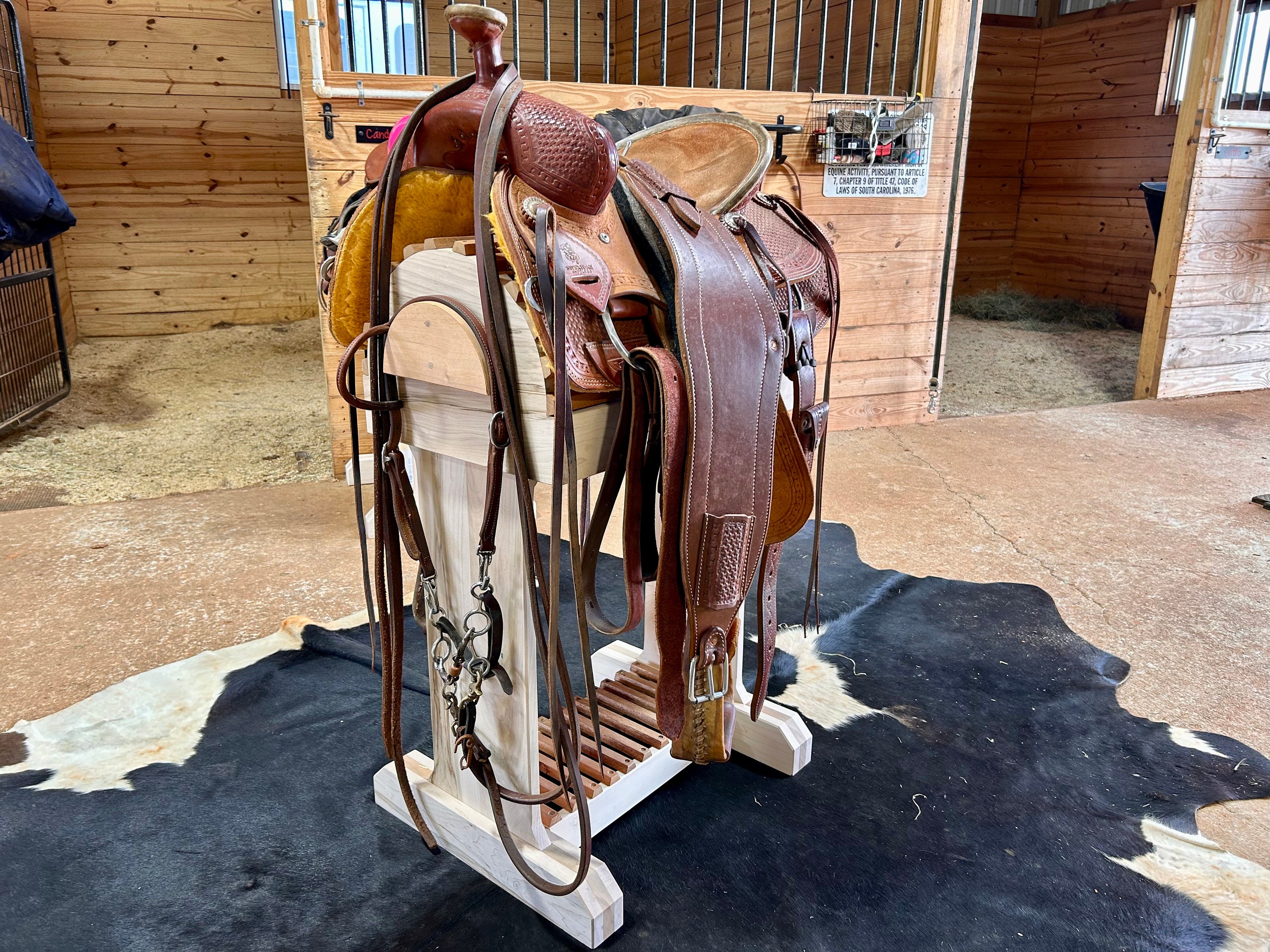As winter approaches, equestrian enthusiasts often find themselves asking, when to blanket a horse? Proper blanketing is crucial for a horse’s comfort and health, but it can be confusing to determine the right time and conditions. In this comprehensive guide, we will explore the essential aspects of blanketing a horse, signs to look out for, and technologies that assist in keeping your horse warm and healthy.

Why Is Blanketing a Horse Important?
Blanketing a horse is more than just keeping your horse warm. Its about ensuring they are comfortable, dry, and protected from the elements. Horses, like humans, can feel the cold, and improper care can lead to health issues such as weight loss, respiratory problems, and weakened immunity.
The Natural Coat
Horses have a natural coat that can grow thicker in winter, providing some level of insulation. However, domestic horses often dont face natural conditions that would trigger this full response. Thus, blanketing helps in providing additional warmth.
Health Considerations
If a horse is older, underweight, or sick, it might need additional warmth and protection. Blanketing can help maintain their body condition and avoid unwanted health issues.

Approved Tips for Blanketing Horses
Monitoring Weather
The weather is one of the primary factors to monitor. Generally, horses don’t need a blanket until temperatures drop below 40F (4C). However, this can vary based on factors like wind chill and precipitation.
Observing Your Horse
Some signs indicate your horse is feeling cold. These include shivering, a tucked tail, and reluctance to move. Observing these signs will help you determine when to blanket a horse.
Understanding Different Blanket Types
There are many types of horse blankets, including stable blankets, turnout blankets, and cooler rugs. Each serves a different purpose. Ensure you are choosing the right type for your horses needs.

Delighted Owners Share Their Blanketing Tips
Experiences from Equestrian Enthusiasts
Learning from other horse owners can be incredibly beneficial. Many owners share stories of how theyve successfully implemented blanketing routines through various weather conditions and health scenarios.
Using Temperature Guide Charts
Some owners recommend using temperature guide charts that provide rough estimates for blanketing needs based on weather predictions. These charts can be a terrific way to ensure your horse remains comfortable all year round.

Tremendous Technology in Horse Blanketing
Smart Blankets
Technological advancements have introduced smart blankets. These blankets adjust their insulation levels based on the horse’s body temperature, providing optimum comfort.
Weather Apps
Weather tracking apps tailored for equestrians help in making informed decisions on when to blanket a horse. Alerts and predictions offer timely information for horse owners to act accordingly.
Dos and Donts of Horse Blanketing
Correct Fit
The blanket must fit properly. A poor fit can cause rubbing and sores, leading to discomfort and health issues.
Regular Checks
Regularly check the blanket to ensure it is still providing the necessary warmth and has not become soaked or shifted position.
Frequently Asked Questions
How do I know if my horse needs a blanket?
Observe your horse for signs of discomfort, such as shivering, and monitor weather conditions closely.
What are the types of horse blankets?
There are several types, including stable blankets, turnout blankets, and cooler rugs. Choosing the right one depends on your horses specific needs.
What temperature should I start blanketing my horse?
Most horses start needing a blanket when temperatures drop below 40F (4C), but this can vary.
For more insights on horse care, check out this guide on horse care basics. Also, explore this bridle guide for an even deeper understanding of equestrian equipment.
As an Amazon Associate, I earn from qualifying purchases.